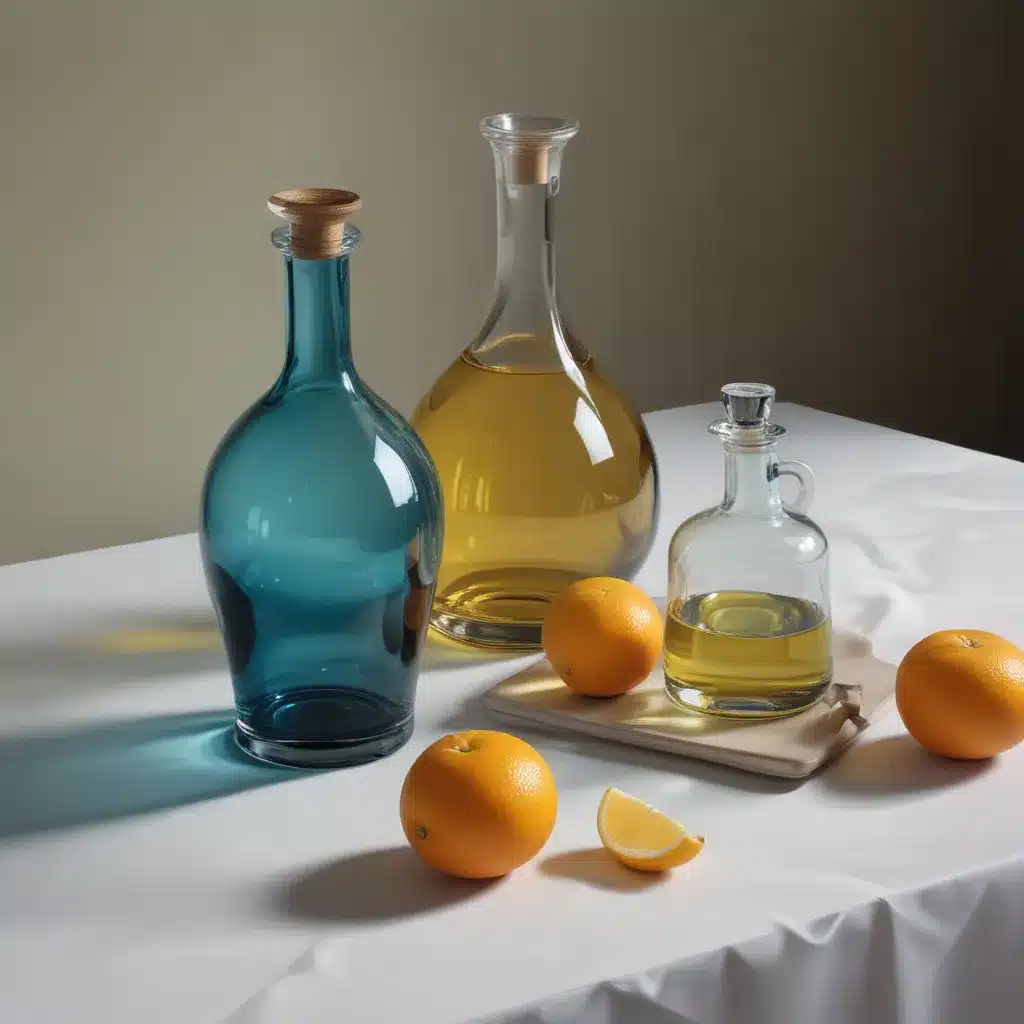
Art and Creative Techniques
While the grandeur and drama of epic landscapes, sweeping scenes, and heroic figurative works have long captivated the public imagination, the humble still life has an unparalleled ability to elevate the ordinary into the extraordinary. Through the masterful use of light, color, and composition, the greatest still life painters throughout history have imbued the most commonplace objects—a few ripe fruits, a simple vase, a scattering of flowers—with a profound sense of presence, depth, and meaning.
Painting and Drawing Fundamentals
At the core of any compelling still life lies a mastery of the basic principles of painting and drawing. Color theory, from the nuanced interplay of complementary hues to the evocative power of a carefully curated palette, is essential for conjuring mood, depth, and vibrancy. Composition and design strategies, such as the strategic placement of forms, the use of contrasting shapes, and the creation of dynamic visual rhythms, elevate the mundane into the sublime. And brushwork and texture, ranging from delicate, transparent glazes to thick, expressive impasto, bring a visceral, tactile quality to the canvas.
Modern Painting Techniques
While the foundations of still life painting have remained consistent over the centuries, contemporary artists have continued to push the boundaries of the genre, exploring a diverse array of oil painting, acrylic painting, and watercolor painting techniques. The luminous, jewel-like qualities of oil paint, with its capacity for rich color, sweeping brushwork, and seductive surfaces, have made it a perennial favorite for still life masters. Acrylic’s versatility and quick-drying nature, on the other hand, lend themselves to bold, expressive interpretations. And the fluid, translucent qualities of watercolor capture the ephemeral, atmospheric qualities of light with unparalleled grace.
Traditional Drawing Media
The still life has also long been a staple subject for mastering the fundamentals of drawing. From the precise, detailed renderings of pencil drawing to the dramatic, gestural qualities of charcoal drawing and the expressive, calligraphic lines of ink drawing, the discipline of observational sketching has empowered generations of artists to hone their powers of perception and interpretation.
Finding Inspiration in the Everyday
Observational Drawing
At the heart of the still life tradition is the act of close observation—the patient, mindful study of the tangible world. Whether sketching a cluster of ripe fruit, painting a simple vase of wildflowers, or rendering the weathered folds of drapery, the still life artist engages in an intimate, focused dialogue with their subject. This immersive, contemplative approach not only sharpens technical skills but also cultivates a profound sense of connection and meaning.
Creative Mindset
While the still life may seem to offer a limited range of subject matter, the greatest practitioners have demonstrated that the mundane can be elevated to the sublime through the power of creative vision. By approaching the everyday with a mindset of mindfulness and presence, artists can uncover unexpected beauty, poignancy, and resonance in the most humble of subjects. Cultivating a sense of curiosity and an openness to the richness of the present moment empowers artists to infuse even the most commonplace objects with profound significance.
Artistic Design Principles
Elements of Art
The timeless principles of art and design provide a sturdy foundation for still life mastery. Consider the expressive power of line, from sinuous, flowing contours to bold, angular markings. Observe how the interplay of shape, from organic forms to geometric planes, can create a dynamic visual landscape. And explore the emotive and symbolic capabilities of color, from the jewel-toned hues of a Flemish still life to the muted earth tones of a Morandi composition.
Principles of Design
Beyond the individual elements, the overarching principles of design guide the artist in crafting cohesive, compelling still life works. The careful orchestration of balance, whether symmetrical or asymmetrical, lends a sense of stability and visual harmony. Rhythm, manifested through the repetition of shapes, colors, or textures, imparts a sense of movement and energy. And the strategic placement of emphasis guides the viewer’s eye, elevating certain elements and imbuing them with heightened significance.
Painting Tutorials and Masterworks
Luminous Oil Painting
The rich, sumptuous qualities of oil paint have made it a natural medium for still life mastery, with countless artists exploring its expressive potential. Glazing techniques, in which translucent layers of paint are built up to create depth and luminosity, have long been a hallmark of the oil still life tradition, as evidenced in the work of the Dutch Golden Age masters. Delicate chiaroscuro effects, with their interplay of light and shadow, lend a sense of drama and atmosphere. And the skillful rendering of atmospheric perspective, with its subtleties of color and form, can transform the most ordinary of subjects into a revelatory vision.
Mastering the Still Life
While the still life may appear to be a constrained or limited genre, the greatest practitioners have demonstrated its remarkable potential for creative exploration and personal expression. By embracing the inherent beauty and significance of the everyday, artists can craft works that are at once visually compelling and profoundly meaningful. Through a mastery of composition strategies, such as the dynamic arrangement of forms and the considered use of negative space, the mundane is transformed into the majestic. Keen observation of lighting and shadow can imbue a simple cluster of objects with a sense of weight, volume, and atmosphere. And the careful rendering of textures, from the velvety softness of a peach to the translucent sheen of a glass vase, can captivate the viewer with their tactile allure.
Whether you are a seasoned painter or an emerging artist, the still life offers boundless opportunities for creative exploration and personal growth. By embracing the inherent beauty of the everyday and harnessing the timeless principles of art and design, you can elevate the mundane into the sublime, crafting works that are both visually captivating and deeply resonant. So pick up your brushes, sharpen your pencils, and let the humble still life be your guide on a journey of artistic discovery and transcendence.
Example: Pencil Portrait Challenge 2024